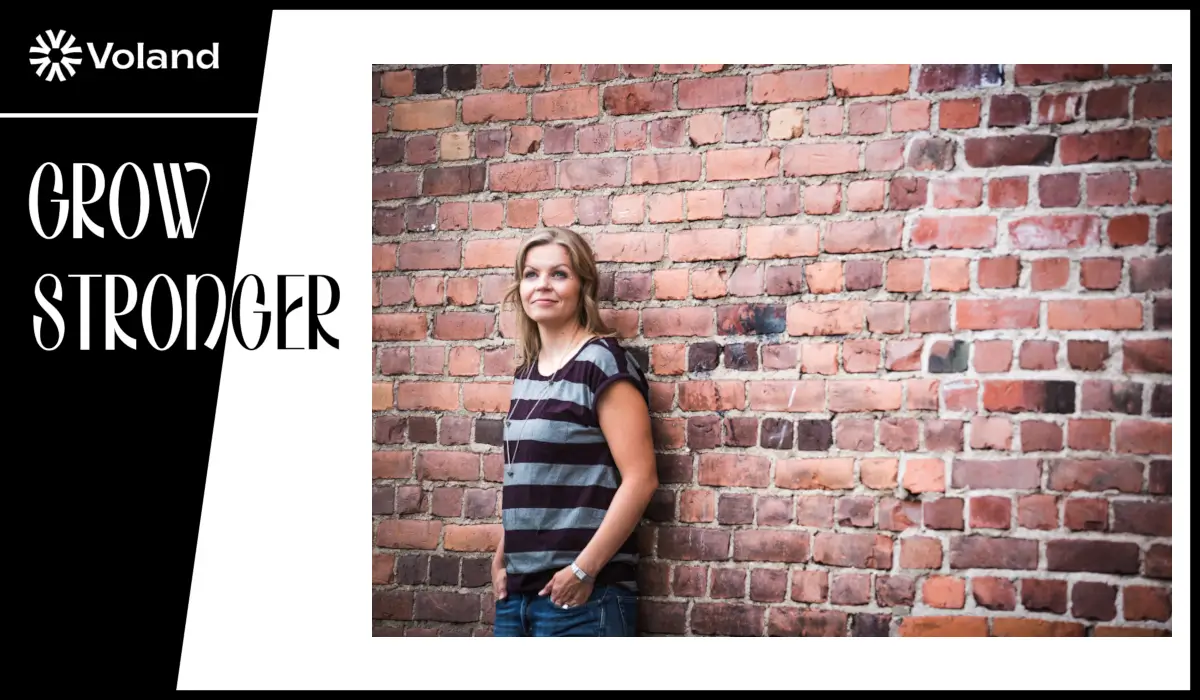Better results through diversity of thinking

Research shows that diverse teams, including governments, deliver better results. The essence of diversity is precisely the diversity of thinking, experiences and skills. That's why it's good to have people with a good range of different skills, experience and views on boards and other groups that make important decisions. This also allows them to see things through different lenses.
We need the best talent – and she is out there!
It is worth recognising that gender is only one aspect of diversity. However, you can start there. For example women make up 33% of the boards of listed companies in Finland. The under-representation is even more significant among growth companies. In Finland, women make up 13% of the boards of target companies of venture capital investors.
Why then are governments still more monolithic? One important reason is probably ease. Especially in smaller and start-up companies, board members are largely selected from the owners' own networks. If your own networks consist of old college friends, teammates and military buddies, as well as other CEOs and government workers, that easily narrows down the candidates that come to mind.
The second reason is that it is very easy to unconsciously find and choose people like yourself in recruitment. The same educational background or hobby – and gender or skin colour – seems a more familiar and reliable choice.
Of course, decision-making is faster and more convenient when decisions are made by a homogeneous, like-minded group. There is no need to deal with those who disagree. On the other hand, decision-making can be very narrowly focused and too quick. When ideas presented are not challenged and different perspectives are disregarded, it genuinely creates a risk for the company's operations.
Background assumptions narrow the view
Therefore, excellent ways to increase diversity include expanding and developing one's own networks and especially one's own thinking . Promoting diversity is a conscious effort to get rid of old, entrenched biases, of which there are many, especially in the business world.
For example, the idea of recruiting the most qualified person calls for a new approach. Choosing the 'most qualified', as it were, is problematic without recognising the assumptions and unconscious biases created by our culture. This refers to attitudes about whether qualities in the selection of a leader – or in society in general – are valued. What comes to mind when you hear the word CEO?
Typically, unconscious prejudices are related to gender or ethnicity. Is an overweight woman, a man in a turban or a single parent carrying a baby on her hips as qualified as a candidate arriving in a starched shirt and shiny shoes?
Diversity can be actively developed
Diversity in top management is something that is not only part of good governance, but also something that can be measured and done consciously. For example, one can start by deciding that, when selecting for management positions, the last three candidates must always include candidates of different genders and ages – or other groups that otherwise remain under-represented.
Therefore, it is critical to understand that diversity in corporate management arises from two different things: the methods used in recruitment to find and value suitable people, and ultimately from the choices we make.
Kaisa Kurittu (DI, KTM) Responsibility professional, Ratkaisutoimisto Vinha. Kaisa also acts as sustainability advisor at Voland.
